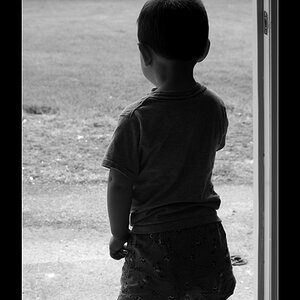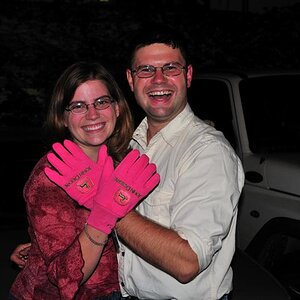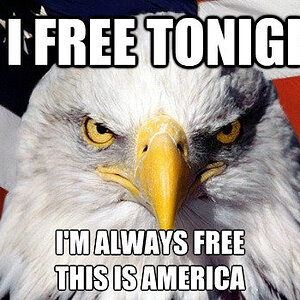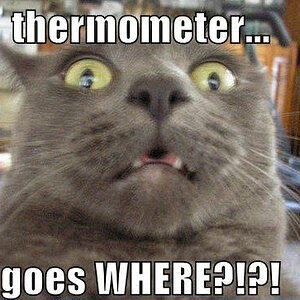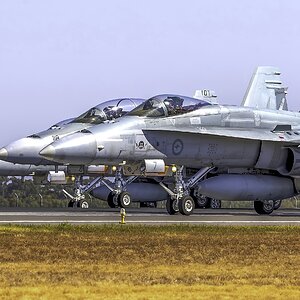minicoop1985
Been spending a lot of time on here!
- Joined
- Sep 3, 2013
- Messages
- 5,520
- Reaction score
- 1,865
- Location
- Appleton, WI
- Can others edit my Photos
- Photos OK to edit
Hey guys. It's come to my attention that I look absolutely ridiculous having one camera mounted to a tripod while I use my DSLR as a light meter.  So, since I'm going to be doing more film photography with unmetered cameras, I need a good, INEXPENSIVE, yet fairly reliable light meter. I've tried some apps on my phone, but all of them seem to crash and fail, so does anyone have some suggestions on a fairly cheap meter I can throw in my bag? I have absolutely no idea what's what in the meter world, so your help is massively appreciated. Thanks!
So, since I'm going to be doing more film photography with unmetered cameras, I need a good, INEXPENSIVE, yet fairly reliable light meter. I've tried some apps on my phone, but all of them seem to crash and fail, so does anyone have some suggestions on a fairly cheap meter I can throw in my bag? I have absolutely no idea what's what in the meter world, so your help is massively appreciated. Thanks!
 So, since I'm going to be doing more film photography with unmetered cameras, I need a good, INEXPENSIVE, yet fairly reliable light meter. I've tried some apps on my phone, but all of them seem to crash and fail, so does anyone have some suggestions on a fairly cheap meter I can throw in my bag? I have absolutely no idea what's what in the meter world, so your help is massively appreciated. Thanks!
So, since I'm going to be doing more film photography with unmetered cameras, I need a good, INEXPENSIVE, yet fairly reliable light meter. I've tried some apps on my phone, but all of them seem to crash and fail, so does anyone have some suggestions on a fairly cheap meter I can throw in my bag? I have absolutely no idea what's what in the meter world, so your help is massively appreciated. Thanks!

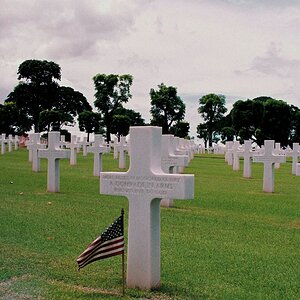
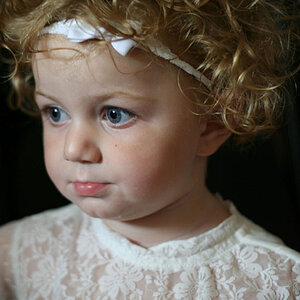
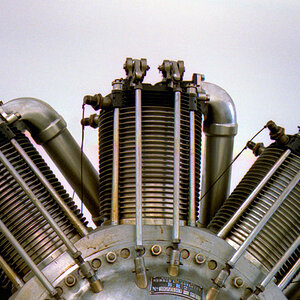
![[No title]](/data/xfmg/thumbnail/39/39292-4169a355b794ae9735845c4ad45d06ff.jpg?1619738958)
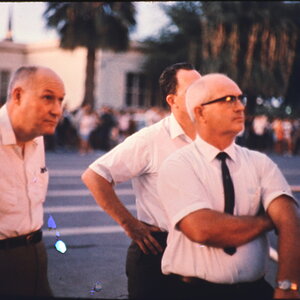
![[No title]](/data/xfmg/thumbnail/32/32630-d78de94d84be2acf57d5e0923482b4da.jpg?1619735552)
![[No title]](/data/xfmg/thumbnail/33/33906-2f9b24e4b1e1be07f68257916df0f2b3.jpg?1619736208)
